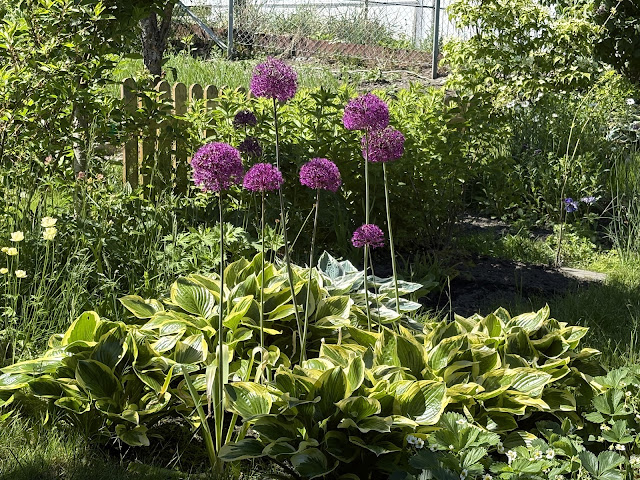In October 2010, the Adventure Center: Journeys of Wonder, Inc. (ACJOW, Inc.), located in Riverdale , New York Adventure Center Adventure Center
The road to the realization of the Adventure Center
My brother is involved in leading the Adventures in Nature program. I think this suits him well since he was an avid fisherman, hiker, and outdoorsman when he was younger. He knew a lot about the different fishing flies necessary to catch different kinds of fish, and he had friends who also enjoyed fishing. I think it was my mother who got him started--she would take him to the Tarrytown lakes as a child to go fishing. He worked in the corporate world for many years before this present endeavor became his daily life, and I venture to say that he does not miss it. His wife has always had a passion for working with and helping children and teenagers in difficult life situations, so it does not surprise me at all that she wanted to start such a center. I am inspired by their choices and the difficulties they face and get through, and I hope that one day in the near future, their journey will lead them to a very good place. If you are interested in supporting their work, please visit their website http://www.adventurecenterjourneysofwonder.org/index.html for more information.



